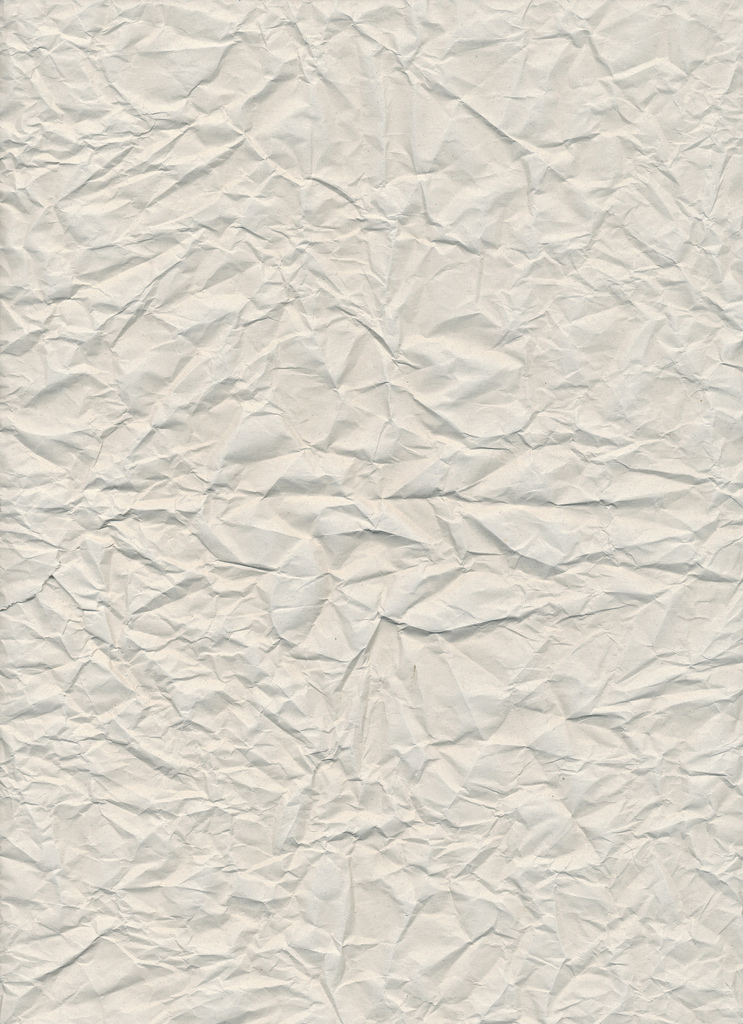[youtube=http://www.youtube.com/watch?v=IfMJmJNii4Y&fs=1&hl=en_GB]
When digital technology fails you, sometimes it’s good to fall back on the virtues of a 35mm print, a new piano score, and one of London’s finest cinemas. I watched Hitchcock’s The Ring, at the Barbican, after two recent screenings of new releases on poor quality DVDs. It turns out that a silent film made in 1927 looks better in 2010 than some of the bootleg-quality DVDs being served up to reviewers these days.
The Ring is a very different kind of Hitchcock movie – and not just because the words “Written and Directed by Alfred Hitchcock” appear on screen for the one and only time in his illustrious career. The first feature he made after leaving Gainsborough for British International Pictures, this is not a story of crime or suspense, but a love-triangle drama set in the world of boxing.
Setting the scene with a montage of fairground attractions, Hitchcock evokes a very different atmosphere from Strangers on a Train (1951), with its carnival of death and destruction. Outside the boxing tent, the extravagantly moustachioed Harry Terry is attempting to drum up more victims for pugilist “One Round” Jack Sander (played by Danish actor Carl Brisson). On duty at the ticket booth is Jack’s lovely girlfriend Mabel (Lillian Hall-Davis), who soon catches the eye of passing punter Bob Corby (Ian Hunter).
Like many later Hitchcock heroines, Mabel proves to be the duplicitous kind. She watches through a peep-hole as the strapping Bob prepares to take on a bored-looking Jack. There’s some nice byplay over a jacket between the contender and Jack’s corner man (Gordon Harker). Only after Bob has astonished the crowds by seeing off Jack in two rounds, does Mabel discover that the handsome stranger is also the Australian heavyweight champion.
Jack is subsequently hired as the Aussie’s new sparring partner and the rest of the film revolves around his attempts to climb the boxing ladder and deal with his rival for Mabel’s affections. Perhaps it’s too early in Hitchcock’s career to be looking for a MacGuffin, but if there is one here, it is the serpent bracelet given to Mabel by Bob during a romantic walk. She walks around bare-armed, simultaneously flaunting the bangle and trying to hide it from Jack, though it later falls down at a critical moment during her marriage ceremony. Like the photograph of Bob that she brazenly displays on the piano, it symbolises the presence of a third person in the marriage.
Boxing has fared better than most sports on film, but you wouldn’t recommend The Ring for bruising fight scenes. The ringside action at the fair and in the climactic Albert Hall bout is pretty feeble – the protagonists don’t really look as though they’re hitting each other. There’s no blood dripping off the ropes as in Raging Bull and, of course, there’s no sound. Hitchcock doesn’t seem interested in either the nobility or the savagery of the sport. What he does do brilliantly is to capture the seedy, smoke-filled atmosphere among the baying spectators and the rigmarole of trainers flapping around with their towels and sponges. It’s almost as though the director sees the sport as a bit of a pantomime – part of the mating ritual in which his three leads are engaged.
Lillian Hall-Davis (billed here as Lilian Hall Davis) was a top British star of the era, who tragically committed suicide in 1933, at the age of just 34. We’re used to the froideur and unattainable glamour of later Hitchcock heroines like Grace Kelly, Kim Novak and Tippi Hedren. But Hall-Davis gives a poignant, humorous and believable performance as the fickle Mabel, who sees the macho, free-spending Bob as an escape from boring domesticity.
Carl Brisson’s Jack seems a little ineffectual – even effeminate – to be a heavyweight boxer, but perhaps that’s the point. Every man has his breaking point, though, and during a surprisingly passionate fight with his errant spouse, her dress is torn and the offending bracelet ripped from her arm. No dialogue is necessary.
The Ring displays the visual flourishes, the dark humour and the hints of voyeurism we’ve come to associate with Hitchcock’s films. A fortune teller (played by Hitch’s most-used actress Clare Greet) spies on Mabel and Bob from her eerily lit wagon, and later presents him with an “unlucky” horseshoe during the wedding breakfast. Perhaps the action is a little slow in places, but the presence of Gordon Harker as Jack’s amusingly uncouth trainer ensures that the emphasis is always on comedy rather than sentimentality.
The Barbican’s presentation featured a live piano accompaniment from renowned composer Neil Brand. The two versions of the film currently on YouTube have contrasting scores — one with a full orchestra — but neither of them complements and enhances Hitchcock’s story the way Brand’s does. For me, his bluesy, almost Gershwinesque score made this 83-year-old movie come alive.




1 Pingback